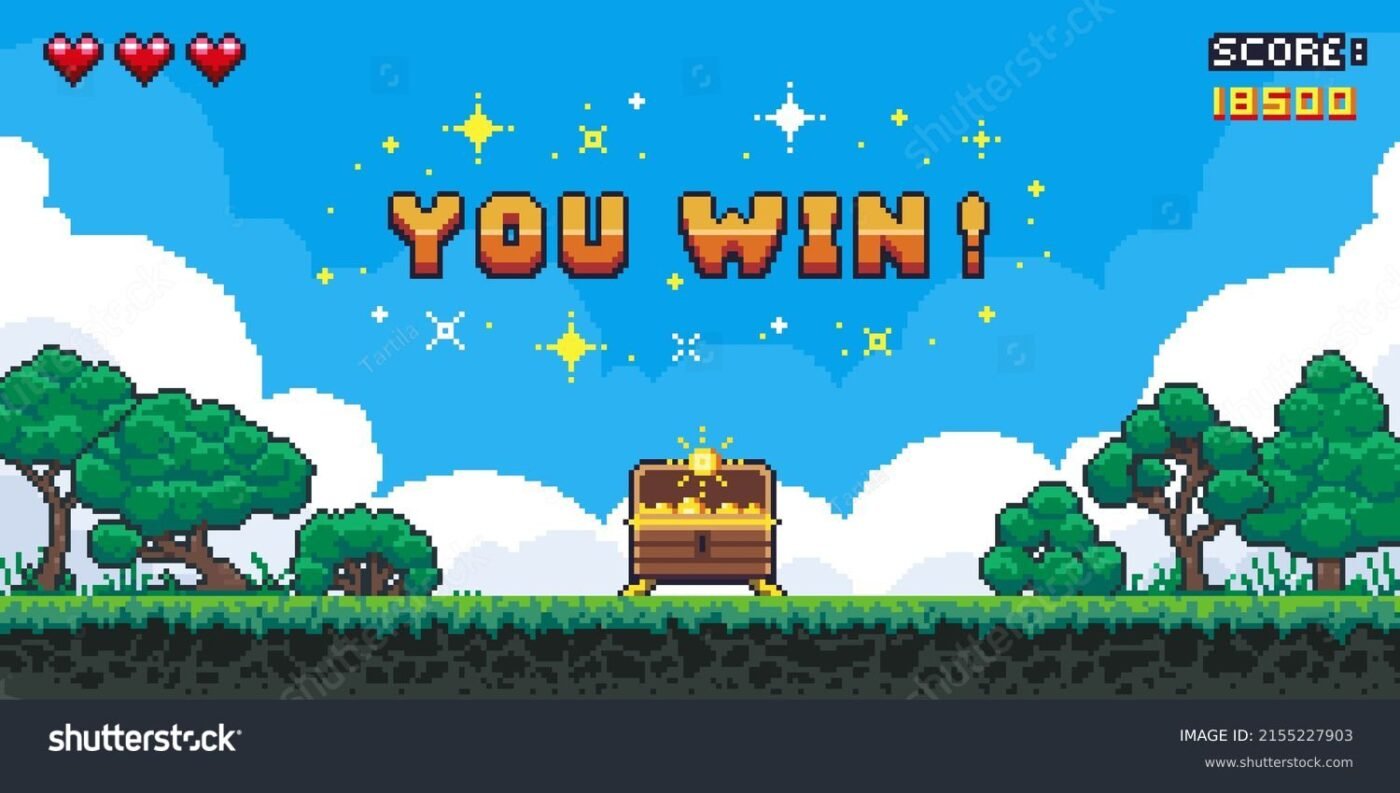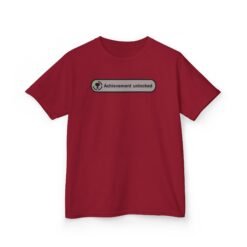Gaming
Why 8-Bit Graphics Still Look Cool: Nostalgia for Blocky Pixels and Early Nintendo Art
The Rise of 8-Bit Graphics
The journey of 8-bit graphics dates back to the early 1980s, a time when technological limitations deeply influenced the visual style of video games. The introduction of the Nintendo Entertainment System (NES) in 1983 marked a pivotal moment in the gaming industry, as it brought 8-bit graphics into the homes of millions of players. With only a limited palette of colors and a constrained resolution, game developers were challenged to create immersive worlds and characters that could resonate with players.
These limitations fostered a unique aesthetic that characterized the era. The pixelated visuals and blocky designs became hallmarks of many iconic games. Titles like “Super Mario Bros.” and “The Legend of Zelda” not only benefited from the simplified graphics but thrived due to the creativity required to convey narrative and emotion within those constraints. Developers became adept at using each pixel to tell a story, resulting in memorable characters—such as Mario, Link, and countless others—who became cultural icons.
The simple aesthetics of 8-bit graphics also played a significant role in shaping the gaming community. As players shared their experiences, these images evoked a sense of nostalgia, fostering connections among friends and across generations. The distinctive look of 8-bit games allowed for easy recognition, making them memorable and establishing a lasting legacy within the gaming landscape. The rise of these graphical styles has influenced modern game development, prompting contemporary creators to pay homage to the past while incorporating modern technology. Ultimately, the charm of 8-bit graphics is not merely a reflection of nostalgia, but also demonstrates how limitations sparked innovative creativity that resonates with both old and new players today.
Nostalgia and Its Power in Gaming
Nostalgia is a powerful psychological phenomenon that sparks fond recollections of the past, often drawing individuals back to simpler times. In the realm of gaming, this sentiment is particularly evident as players reflect on their experiences with 8-bit graphics and early Nintendo games. The pixelated art style, characterized by its distinct blocky shapes and limited color palettes, serves as a visual representation of a shared childhood, evoking memories of hours spent navigating challenging levels and celebrating victories with friends and family.
The emotional connections established during formative years play a significant role in fortifying the allure of 8-bit games. As players reminisce about their childhood adventures in fantastical worlds like the Mushroom Kingdom, they often cite personal anecdotes that illustrate their deep-seated affection for these pixelated landscapes. One gamer shared, “Playing Super Mario Bros. as a child was like embarking on an epic adventure. The vibrant colors and charming character designs made it unforgettable.” Such reflections underscore how the charm and simplicity of blocky graphics not only provide entertainment but also facilitate profound emotional connections.
Moreover, the resurgence of interest in retro gaming further highlights the impact of nostalgia on contemporary gaming trends. Modern titles often incorporate 8-bit aesthetics or nods to classic gameplay mechanics, appealing to both older generations who grew up with these games and younger players drawn in by their unique design. Quotes from gaming enthusiasts frequently emphasize themes of nostalgia, such as, “8-bit games remind me of a time when gaming was pure fun—no complex mechanics, just straightforward joy.” This collective appreciation for the aesthetics of the past illustrates that despite advancements in technology, the allure of nostalgia remains a significant force in the gaming community.
Aesthetic Appeal: Charm of the Blocky Pixel Art
The allure of 8-bit graphics lies significantly in their inherent artistic qualities, which continue to resonate with audiences today. Emerging from the constraints of early computing technology, these blocky pixel visuals prompted designers to exercise creativity and abstraction to craft memorable characters and environments. Each pixel became a building block of innovation, allowing for unique visual storytelling that transcends the limitations of the medium. The simplicity of these designs often sparks nostalgia, evoking fond memories of childhood gaming experiences while simultaneously inviting a new generation of players to explore this artistic form.
One of the standout features of 8-bit graphics is their vibrant color palette. Despite a limited range of colors available within the technological constraints of the time, artists managed to employ bold hues intelligently, creating striking contrasts that brought characters and worlds to life. This engagement with color resulted in a distinctive aesthetic that is both eye-catching and emotionally resonant. The charming simplicity of pixel art fosters an atmosphere where the imagination is left to fill in the details, allowing players to become active participants in the storytelling process. This imaginative interaction creates a sense of ownership over the game experience, establishing a bond that extends beyond the screen.
In examining the contemporary design landscape, it is evident that the principles seen in 8-bit artistry resonate with current trends such as minimalism and retro revival, particularly within the indie gaming community. More game developers are consciously embracing the visual language of pixel art, recognizing its potential to evoke nostalgia while simultaneously engaging players with a clean, straightforward design approach. The return to blocky pixels speaks to a larger cultural appreciation for authenticity and simplicity that continues to thrive, firmly placing 8-bit aesthetics at the forefront of modern visual culture.
The Revival of 8-Bit in Modern Gaming
In recent years, 8-bit graphics have experienced a remarkable resurgence in modern gaming, captivating both younger audiences and older players who fondly remember the iconic pixel art of earlier gaming eras. This revival is prominently fueled by the flourishing indie game development scene, where numerous developers have adopted pixel art aesthetics to create distinctive and engaging titles. By utilizing simple yet expressive 8-bit graphics, these developers evoke a sense of nostalgia while also allowing for creative freedom that aligns with today’s gaming trends.
Many independent games have successfully harnessed the charm of classic 8-bit visuals, often drawing inspiration from beloved franchises of the past. Titles such as “Celeste” and “Shovel Knight” exemplify how modern games can leverage pixel art to build immersive worlds and deliver compelling narratives. These games not only evoke memories of early Nintendo systems but also demonstrate that 8-bit graphics can still be relevant and appealing in today’s diverse gaming landscape. The retro aesthetic often resonates with players, providing a familiar foundation while enabling fresh gameplay experiences.
Moreover, the cross-generational appeal of 8-bit graphics has played a critical role in this resurgence. Younger players, experiencing these visuals for the first time, are often drawn to their simplicity and unique style, while older gamers revel in the memories that these designs evoke. This alignment of interests has fostered thriving gaming communities that celebrate retro styles, sharing fan art, mods, and even engaging in game development. The enthusiasm within these communities significantly influences game development trends, motivating larger studios to release remastered versions of classic titles, further cementing the status of 8-bit graphics in the contemporary gaming dialogue.
Funny and Sarcastic
Funny and Sarcastic
“Be There or Be Square?” Unisex T-Shirt – Checked and Hilarious
Fairytale and Fantasy
Kid's T-Shirts

















